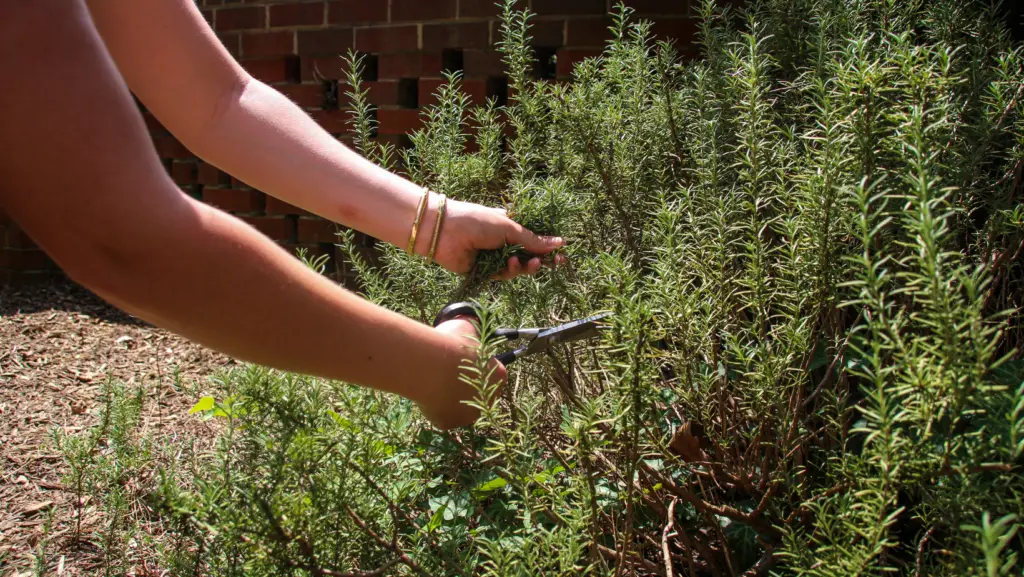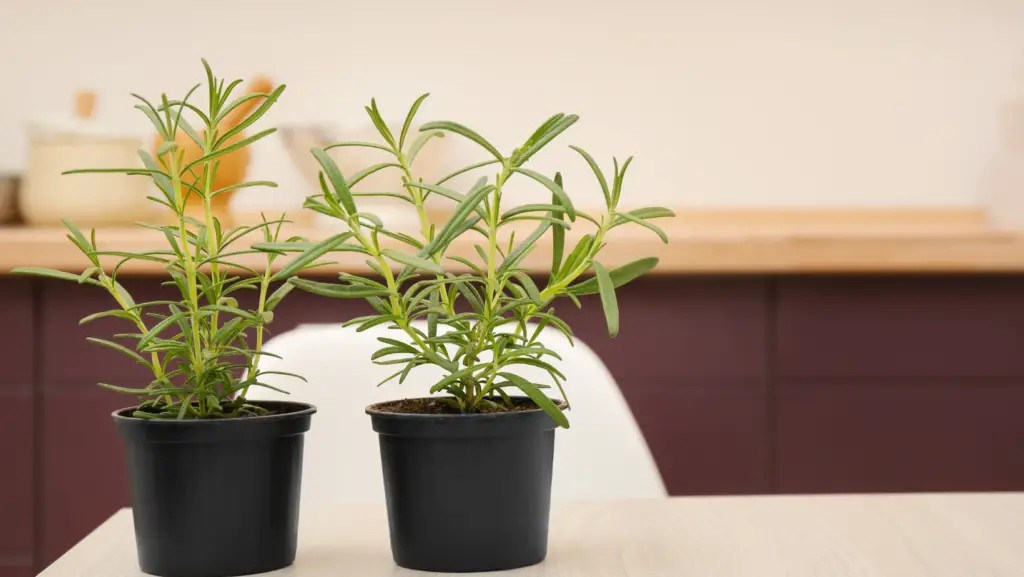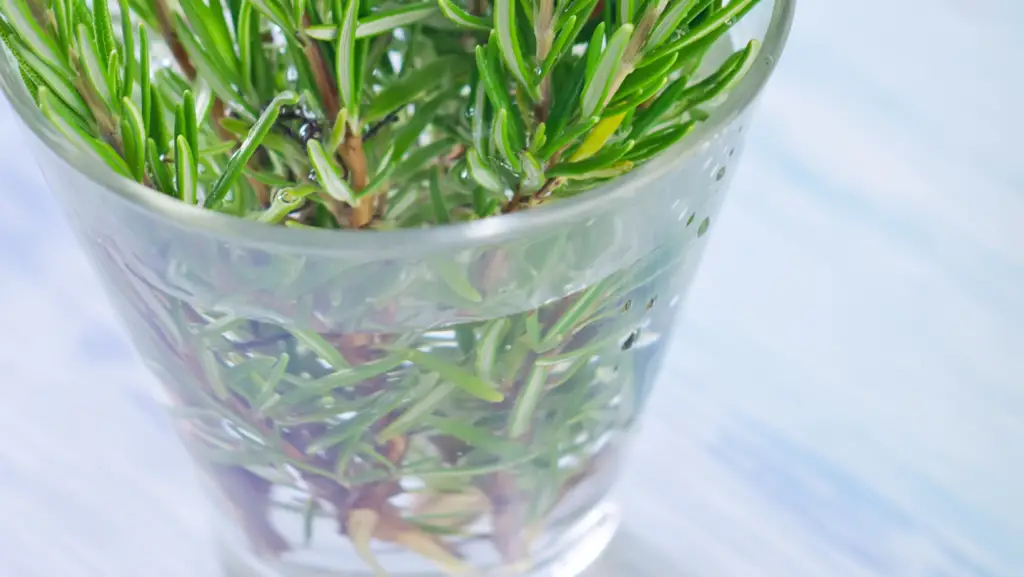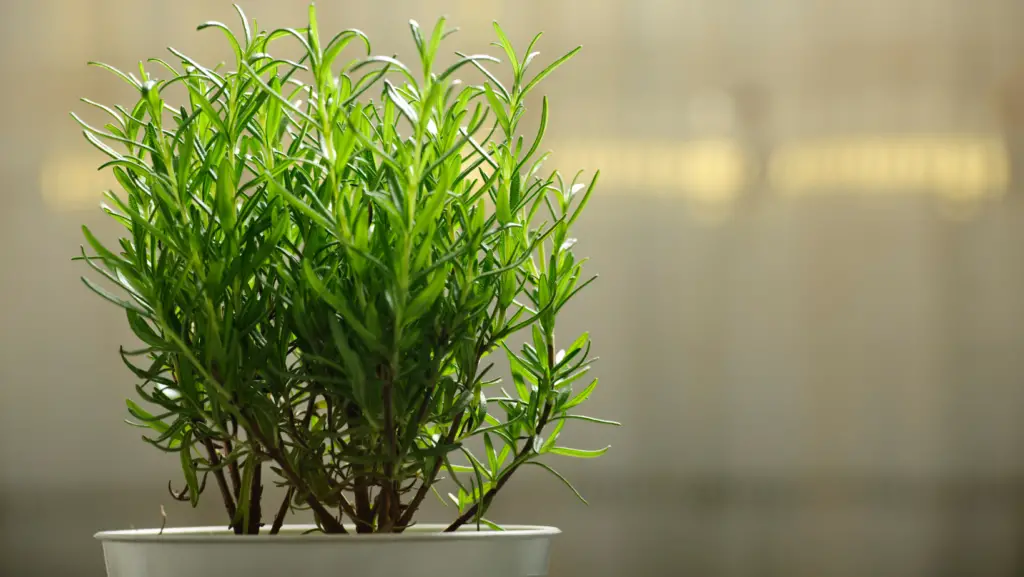
Gardeners love rosemary for different reasons. This plant is medicinal and edible, but it also repels unwanted pests in the garden. Yet, rosemary is a challenging plant to grow from seed.
So, how can you grow a rosemary herb and succeed at it? You can propagate the parent plant and grow the cutting! This information could provide you with dozens of plants yearly!
In this article, I’ll show you two options that could help you propagate and grow rosemary from cuttings.
Personal opinion: I have been doing the water version over the last three years!
Can rosemary be grown from cuttings?
Yes, rosemary can grow from cuttings, and you should try it.
Simply put, propagating a plant means that you’ll take a ‘sample’ of a parent plant and you’ll try to replicate it by allowing the plant to grow its roots.
Propagating rosemary is relatively easy because you can divide the established rosemary plant, and that cutting could be your new rosemary bush if the ideal growing conditions are met.
We will discuss two different ways you can propagate and grow rosemary.
What do I need?
These are the things you’ll need when propagating rosemary:
Version 1:
- A small container with drainage holes.
- Your choice of soil. It could be a purchased potting mix or a homemade one.
- Water.
- Garden scissors.
- Organic rooting hormone (optional)
- Rosemary cuttings from a parent plant.
Version 2:
- A tall cup or glass.
- Water.
- Garden scissors.
- Rosemary cuttings from a parent plant.
Propagating rosemary – What to do in a few steps

Version 1:
- Use your gardening scissors to separate one healthy stem from the parent plant. A healthy stem to propagate in water isn’t woody; on the contrary, it’s on the thinner side.
- Place some potting mix or potting soil inside the container. Ideally, the potting mix will have perlite or vermiculite; this way, the soil allows water to pass through and drain.
- Remove the stems from the bottom. You can remove from 1 to 2 inches of leaves.
- You can now stimulate the cutting’s roots by dipping the cutting in an organic rooting hormone.
- Step 4 isn’t completely necessary; however, if you would like to see the roots grow faster, you should consider doing that step. Just make sure the hormones you are using are organic!
- Once the rosemary is in the pot with potting soil, you can water the plant. Make sure the container has good drainage because rosemary plants hate waterlogged soil.
- After 4 to 8 weeks (depending on your climate conditions), your rosemary plants will form roots.
Version 2:

Are you wondering how to grow rosemary from cuttings without soil? With this version, the soil isn’t needed, because we encourage the rosemary cutting to grow its roots with water. Water is the special ingredient here!
- Use your gardening scissors to separate one healthy stem from the parent plant. A healthy stem to propagate in water isn’t woody; on the contrary, it’s on the thinner side.
- Remove the stems from the bottom. You can remove from 1 to 2 inches of leaves.
- Add some water to the cup or glass.
- Place the rosemary cutting inside the glass filled with water.
- Allow the stem to develop roots. Depending on your climate, root growth could take 1 to 3 weeks. However, during the first week, the roots will be very small.
- Place it in a sunny area indoors.
- Change the water every 2 to 3 days.
- When the roots are 3 inches or longer, you could transplant the rosemary herb to another pot with soil. Allow it to grow more before putting it in the ground.
Note: You could grow the rosemary cutting using version 1 or 2 and as soon as the roots grow you could transplant it outdoors. I have done it before and a healthy plant came.
However, your winters need to be mild for this option to work. Additionally, you will need to be ‘plantsitting’ your plant in order to help it thrive.
Advantages of growing rosemary from cuttings
- You’ll save money whenever you propagate rosemary plants as it’s practically free.
- You’ll have an earlier harvest because you’ll plant will be ready to be consumed or used within a couple of months.
- The rosemary plant will retain some of the characteristics of its parent plant. Thus, it could have the same resistance to pests or diseases, or flavor.
- You’ll be able to propagate as many rosemary plants as you wish. However, keep in mind that you should also respect the parent plant and avoid living it with just the main stem.
When to plant rosemary cuttings?

Ideally, you would wait until mid-spring to begin cutting and propagating your rosemary plants.
If you wait until this moment, your established plants have already recovered from winter, and the stems will have new growth showing.
I plant most of my rosemary cuttings in the ground at the beginning of the following summer. However, this means you’ll have to overwinter your plants indoors if your climate is cold.
Follow the next steps:
- Spring 2023: Make 1 cutting out of the parent plant.
- Allow it to develop roots.
- Summer 2023: repot the rosemary plant.
- Fall or winter 2023: take the rosemary plant indoors to overwinter.
- Spring 2024: begin to harden off the plant outdoors.
- Summer 2024: transplant the plant into the ground.
And don’t forget to water your rosemary plants!
FAQ
Does rosemary need a lot of sun?
Yes, rosemary loves the sun. As a native Mediterranean plant, the more sun, the better!
Why are my rosemary cuttings not rooting?
This could depend on several reasons. First, what type of rosemary propagation did you use? Did you cut a woody or a thinner stem? Did you change the water constantly? Sometimes the cuttings do not form roots because the rosemary stem isn’t strong enough to develop.
Conclusion
To summarize, propagating rosemary cuttings is a straightforward activity.
- Carefully and respectfully take the cutting from the parent plant.
- Choose the propagating version you feel most comfortable with.
- Observe your plant!
- Repot or transplant the herb.

Hi!
I am the guy behind Theyardable.com. I grew up on a homestead and I am here to share the knowledge I have and things I learn while living in the countryside.
